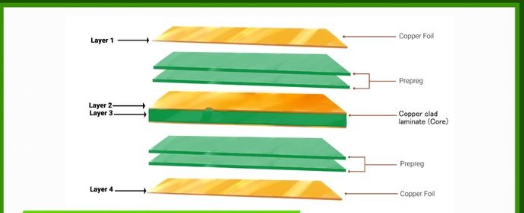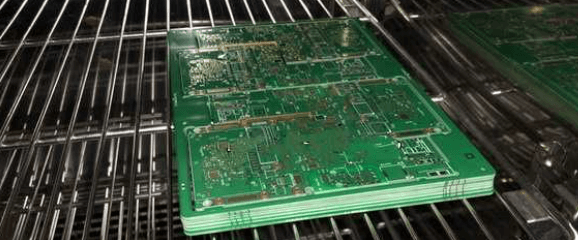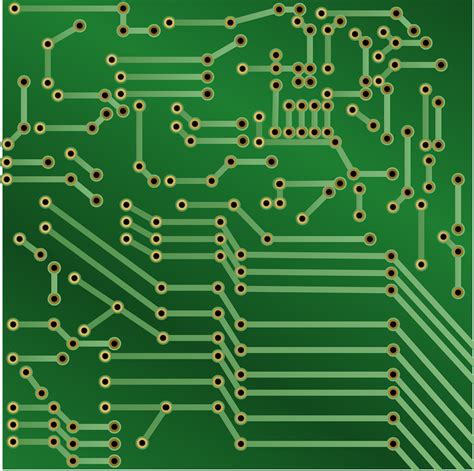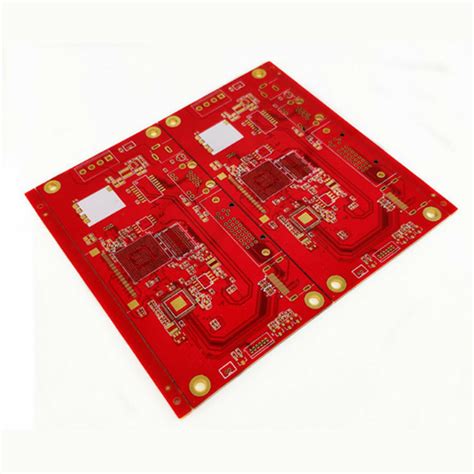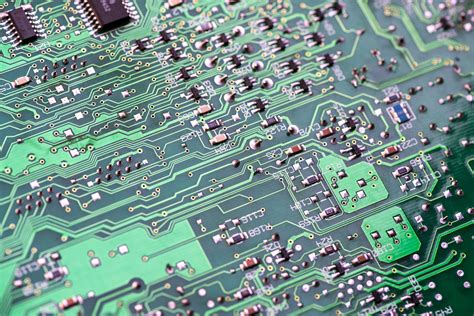Understanding JLCPCB Assembly Cost: A Comprehensive Guide
Introduction
In the world of electronics manufacturing, cost is a critical factor that influences decisions at every stage of the product development lifecycle. For engineers, hobbyists, and businesses looking to prototype or produce small to medium volumes of printed circuit boards (PCBs), understanding the cost structure of assembly services is essential. JLCPCB, one of the leading PCB manufacturers, has gained widespread recognition for its affordable and efficient PCB assembly services. This article delves into the intricacies of JLCPCB assembly costs, exploring the factors that influence pricing, how to optimize costs, and the value proposition that JLCPCB offers to its customers.
1. Overview of JLCPCB Assembly Services
JLCPCB is a China-based PCB manufacturer that has become a go-to choice for PCB prototyping and low-to-medium volume production. The company offers a range of services, including PCB fabrication, SMT (Surface Mount Technology) assembly, and through-hole assembly. JLCPCB’s assembly services are particularly popular due to their affordability, fast turnaround times, and user-friendly online platform.
The assembly process at JLCPCB involves placing electronic components onto a PCB, soldering them in place, and conducting quality checks to ensure the final product meets industry standards. JLCPCB’s SMT assembly service is highly automated, leveraging advanced machinery to achieve precision and efficiency.
2. Factors Influencing JLCPCB Assembly Cost
The cost of PCB assembly at JLCPCB is influenced by several factors. Understanding these factors can help customers make informed decisions and optimize their expenses. Below are the key elements that determine the assembly cost:
2.1. PCB Design Complexity
The complexity of the PCB design plays a significant role in determining the assembly cost. Factors such as the number of layers, board size, and the density of components can impact the price. For example, a multi-layer PCB with a high component density will generally cost more to assemble than a simple single-layer board with fewer components.
2.2. Component Selection
The choice of components is another major cost driver. JLCPCB offers an extensive library of SMT components, and the cost of assembly depends on the type, quantity, and availability of the selected components. High-end or specialized components may increase the overall cost, while standard components are more affordable.
2.3. Quantity of PCBs
The number of PCBs being assembled also affects the cost. JLCPCB offers volume discounts, meaning that the per-unit cost decreases as the order quantity increases. This makes JLCPCB an attractive option for low-to-medium volume production.
2.4. Turnaround Time
JLCPCB offers different turnaround times for assembly, ranging from standard to expedited services. Faster turnaround times typically come at a higher cost. Customers can choose the option that best suits their project timeline and budget.
2.5. Additional Services
JLCPCB provides optional services such as stencil fabrication, conformal coating, and functional testing. While these services add value, they also increase the overall cost of assembly.
2.6. Shipping Costs
Shipping is another factor to consider when calculating the total cost of PCB assembly. JLCPCB offers various shipping options, including standard and express delivery. The choice of shipping method and destination will influence the final cost.
3. Cost Breakdown of JLCPCB Assembly
To better understand the assembly cost, let’s break down the pricing structure of JLCPCB’s services:
3.1. Base Assembly Fee
JLCPCB charges a base fee for assembly, which covers the cost of placing and soldering components onto the PCB. This fee is typically calculated per board and depends on the number of components and the complexity of the design.
3.2. Component Costs
The cost of components is a significant portion of the total assembly cost. JLCPCB’s component library includes both basic and advanced parts, with prices varying based on the type and quantity of components used. Customers can reduce costs by selecting standard components that are readily available in JLCPCB’s inventory.
3.3. Setup Fee
JLCPCB charges a one-time setup fee for each assembly order. This fee covers the cost of preparing the assembly line, including programming the machines and configuring the process for the specific PCB design.
3.4. Stencil Fee
If a solder stencil is required for the assembly process, JLCPCB charges an additional fee. The stencil is used to apply solder paste to the PCB before component placement.
3.5. Testing and Inspection Fees
JLCPCB offers optional testing and inspection services, such as Automated Optical Inspection (AOI) and X-ray inspection. These services ensure the quality and reliability of the assembled PCBs but come at an additional cost.
3.6. Shipping Fees
Shipping costs depend on the destination, package weight, and chosen delivery method. Customers can select from a range of shipping options to balance cost and delivery speed.
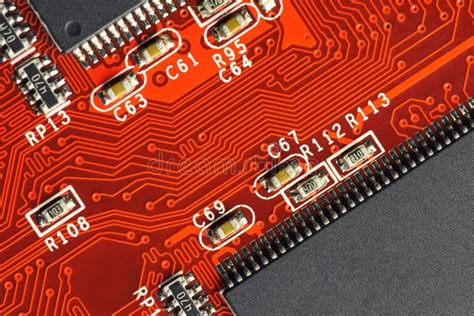
4. How to Optimize JLCPCB Assembly Costs
While JLCPCB’s assembly services are already cost-effective, there are several strategies customers can use to further optimize costs:
4.1. Simplify PCB Design
Reducing the complexity of the PCB design can significantly lower assembly costs. This includes minimizing the number of layers, reducing component density, and avoiding unnecessary features.
4.2. Use Standard Components
Selecting components from JLCPCB’s library can help reduce costs, as these components are readily available and often more affordable than custom or specialized parts.
4.3. Order in Larger Quantities
Taking advantage of JLCPCB’s volume discounts can lower the per-unit cost of assembly. Customers should plan their orders to maximize quantity while staying within budget.
4.4. Choose Standard Turnaround Times
Opting for standard turnaround times instead of expedited services can save money, especially for projects with flexible timelines.
4.5. Minimize Additional Services
While optional services like conformal coating and functional testing add value, they also increase costs. Customers should carefully evaluate whether these services are necessary for their specific project.
5. Comparing JLCPCB Assembly Costs with Competitors
JLCPCB is known for its competitive pricing, but how does it compare to other PCB assembly providers? Here’s a brief comparison:
5.1. Affordability
JLCPCB is often more affordable than traditional PCB assembly providers, particularly for low-volume orders. Its streamlined processes and economies of scale enable the company to offer lower prices without compromising quality.
5.2. Transparency
JLCPCB’s online platform provides real-time quotes, allowing customers to see the cost breakdown before placing an order. This level of transparency is not always available with other providers.
5.3. Speed
JLCPCB’s fast turnaround times are a significant advantage, especially for prototyping and time-sensitive projects. While some competitors may offer similar speeds, they often charge a premium for expedited services.
5.4. Ease of Use
JLCPCB’s user-friendly platform and extensive component library make it easy for customers to design and order assembled PCBs. This convenience is a key differentiator compared to other providers.
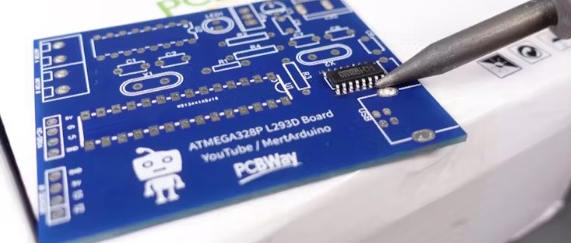
6. The Value Proposition of JLCPCB Assembly
Beyond its affordability, JLCPCB offers several value-added benefits that make it a preferred choice for PCB assembly:
6.1. High-Quality Standards
JLCPCB adheres to strict quality control processes, ensuring that assembled PCBs meet industry standards. The company uses state-of-the-art equipment and conducts thorough inspections to deliver reliable products.
6.2. Extensive Component Library
With thousands of components in its library, JLCPCB provides customers with a wide range of options for their designs. This reduces the need for external sourcing and simplifies the assembly process.
6.3. Fast Turnaround Times
JLCPCB’s efficient processes enable quick turnaround times, allowing customers to iterate on their designs and bring products to market faster.
6.4. Global Reach
JLCPCB serves customers worldwide, offering affordable shipping options to ensure timely delivery.
7. Future Trends in PCB Assembly Costs
As the electronics industry continues to evolve, several trends are likely to impact PCB assembly costs:
7.1. Increased Automation
Advances in automation and AI are expected to further reduce assembly costs by improving efficiency and reducing labor expenses.
7.2. Sustainable Practices
The adoption of eco-friendly materials and processes may influence costs, as manufacturers invest in sustainable practices to meet regulatory requirements and consumer demand.
7.3. Component Availability
The global supply chain for electronic components is subject to fluctuations, which can impact costs. Manufacturers like JLCPCB may need to adapt to changes in component availability and pricing.
7.4. Customization and Personalization
As demand for customized and personalized electronics grows, manufacturers may offer more flexible assembly options, potentially affecting costs.
Conclusion
JLCPCB has established itself as a leader in affordable and efficient PCB assembly services, offering a compelling value proposition for engineers, hobbyists, and businesses. By understanding the factors that influence assembly costs and leveraging strategies to optimize expenses, customers can make the most of JLCPCB’s services.
As the electronics industry continues to evolve, JLCPCB is well-positioned to adapt to changing trends and customer needs, ensuring that it remains a trusted partner for PCB assembly. Whether you’re prototyping a new design or producing small to medium volumes, JLCPCB’s combination of affordability, quality, and speed makes it an excellent choice for your PCB assembly needs.



